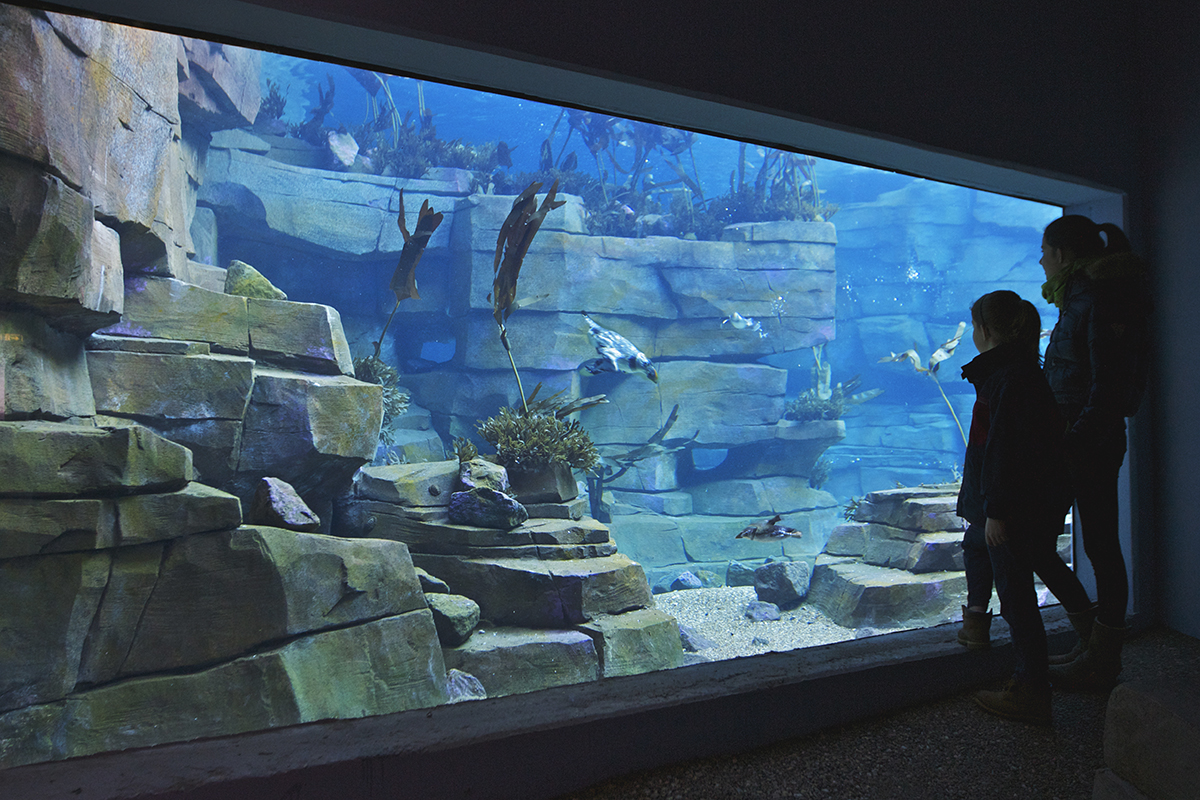Aquariums range from ancient garden ponds and glass jars to contemporary specialized systems. The sizes of the aquarium range from a small glass jar with a single fish to huge public aquariums that can completely mimic the marine ecosystem. The aquariums that are most successful in the long-term survival of the living creatures in them are those who try to repeat the conditions in their natural habitats very carefully. The details to be considered during the construction of an aquarium complex are very different from any other building. All technical infrastructure applications such as reinforced concrete construction, mechanical applications, electrical and information processing of the complex to be built are implemented according to the concept, objectives and operational characteristics of the project. Public aquariums set up to showcase large aquatic creatures and ecosystems can be quite large. Shedd Aquarium has one aquarium of 19,000 m3 and two aquariums of 1,500 m3. The Monterey Bay Aquarium’s acrylic viewing window was once the world’s largest viewing window, measuring 17 meters by 5 meters and 330 millimeters thick. Okinawa Churaumi Aquarium, located in Okinawa Motobu and part of Ocean Expo Park, is the second largest aquarium in the world. Its main tank receives 7,500 cubic meters of water and is located here, the world’s largest acrylic watch panel, measuring 8.2 meters by 22.5 meters, with a thickness of 60 centimeters. The physical characteristics of an aquarium form a distinct aspect of the design. Many factors such as size, lighting conditions, density of floating and rooted plants, placement of logs and stones, cave formation, mixing at the bottom of the aquarium, location of the aquarium in the room affect the behavior and life expectancy of the aquarium inhabitants.
The aim is to bring these elements together to increase the water quality and to make the conditions suitable for the living creatures in the aquarium. Large public aquariums are often set up on the banks of the river, lake or sea, making it easy to reach large volumes of water that do not require much processing.


